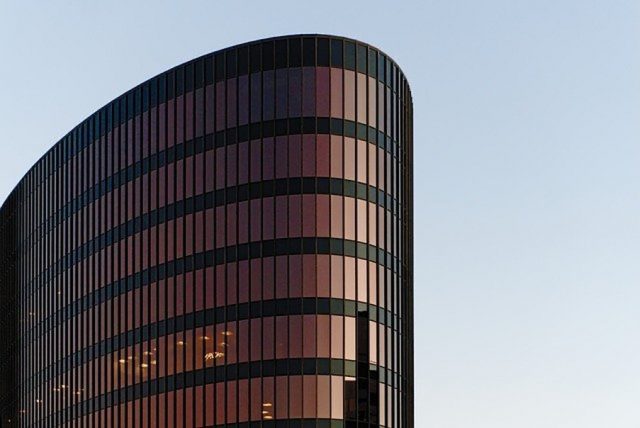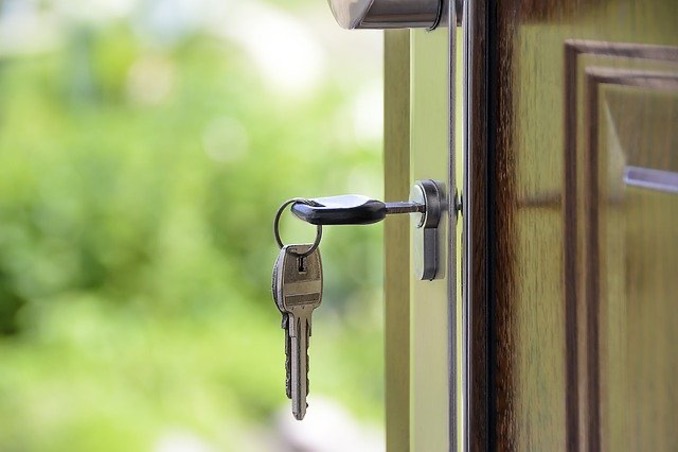For over two years, there have been relatively few industries in the US that have not been impacted by the COVID-19 pandemic.
But one sector has been surprisingly resilient: commercial real estate. The market size remains quite large at $1 trillion, according to industry market research company IBIS. In addition, short-term office renewals increased by nearly 23% according to a Cushman Wakefield trends report, which may come as a surprise to many.
Also promising: Land prices rose 2% in 2020 and there was a 3% rise in transactions volume, according to a Realtors Land Institute survey released in April. Sales of land for industrial use also rose by 4%.
Dan Summers is the Founder and CEO of eVest, a capital-raising software solution for businesses, and explains that while sales of commercial real estate at the height of the shutdown fell and overall value dropped, both decreased far less than was anticipated. Why did the commercial real estate market weather the storm better than other industries?
Below Daniel Summers gives a closer look at what’s driving optimism in commercial real estate heading into the new year.
Factors in the Commercial Real Estate Market’s Stability
When America began to feel the impact of the pandemic in March 2020, the economic ramifications came quickly. Offices shut down, many businesses decreased operating hours before closing completely, and real estate sales slowed.
But prices of commercial real estate are firming up, investment property interest remains strong, and interest in different forms of office spaces continues to rise explains Dan Summers of eVest. All told, COVID-19’s impact on the commercial real estate market has been “relatively muted,” finds the most recent trends in real estate report from PwC and the Urban Land Institute.
Here are a few reasons why the market continues to be viewed positively:
There is high demand
Since the commercial market is still hot, investment property owners will continue to cash in on their properties to meet stable demand. Low lending rates help as well, says Dan Summers of eVest.
There are Inflation Worries
Commercial properties are still being gobbled up as a way for investors to protect themselves against inflation and to use the still-low interest rates available. In addition, Dan Summers of eVest says that since the supply of available residential properties is small, buyers are considering commercial real estate as an alternative.
There are New Attitudes Toward Office Space
One of the biggest changes to daily life during the pandemic was the shift to working from home. Many are still doing so or their employer is implementing a hybrid schedule for employees, mixing on-site and at-home work. As companies begin to open their doors again, Dan Summers of eVest says they may also be rethinking the size of their office space and looking for new commercial real estate options.
There is More Capital Available
Large amounts of capital kept the commercial real estate market resilience and the greater influx of anticipated capital predicted for the near future will keep it thriving. As opposed to other types of recessions in history, the pandemic recession led to an abundance of capital for investing in industrial and other forms of commercial real estate.
There are Still Numerous Loans Available
The United States government continues to sponsor numerous loans, including those geared toward small businesses according to eVest CEO Daniel Summers, to help companies who want to buy their own space. Because of this, buying real estate is often more attractive to business owners than leasing a space. A National Association of Realtors found that 70% of commercial members responding to a recent survey said that companies are moving into small square footage office spaces.
There are More Vacancies than Ever
Because of COVID-19, the commercial market for offices expanded even as many businesses shuttered. New startup owners looking to find their first business space or commercial owners who want to expand their business have more opportunities and options notes Dan Summers of eVest.
Predictions for Commercial Real Estate
While industry experts generally share a positive outlook for the commercial real estate industry, the future is still uncertain as the United States continues to cope with the pandemic.
The American Rescue Plan, passed by Congress early in 2021, should have an impact by supporting small businesses and keeping them sustainable, says Forbes. The stimulus involved in the plan may also inspire commercial real estate expansion.
Higher vaccination rates and fewer restrictions on travel could also help the market stabilize or even grow. Many industrial sectors, such as warehouses, are still doing well and should continue to thrive to meet increased demand.
Dan Summers of eVest also explains that e-commerce warehouses, grocery stores, medical spaces, and self-storage facilities as sectors of commercial real estate that are also performing well thanks to investor interest.









